L'acide hyaluronique : Le héros de l'hydratation pour votre peau
Ever wonder how some people’s skin looks so full and vibrant, like they sip nothing but really special water? That remarkable secret could be hyaluronic acid (HA). If you haven’t added it to your routine yet, you’re missing out on a powerful moisture boost that’ll leave your skin bright and deeply hydrated. This amazing ingredient can genuinely elevate your regular skincare game, giving you skin that feels completely nourished, looks youthful, and shines with that healthy glow we all want.
HA works wonderfully for your skin by naturally attracting water, helping to keep it moist, soft, and beautifully supple. Whether you’re dealing with dryness, a dull look, or fine lines, adding HA to your routine might be the simple skincare change you didn’t know you needed. Ready to discover why it’s a truly vital part of good skin care? Let’s dive in!
3 GRATUIT Échantillons de parfum
Nous avons récemment créé un groupe Whatsapp pour les passionnés de beauté comme vous ! Pour développer cette communauté, nous offrons temporairement 3 échantillons de parfum gratuits lorsque vous vous inscrivez !
Assurez-vous de vous inscrire le plus rapidement possible, car nous n'aurons bientôt plus d'échantillons gratuits ! Après avoir adhéré, vous pouvez passer une commande et réclamer les échantillons gratuits aléatoires..

What Is Hyaluronic Acid? Your Body’s Own Moisture Molecule
Hyaluronic acid is a unique molecule found throughout your entire body, especially concentrated in your skin, flexible connective tissues, and even your eyes. Imagine it as a tiny, effective sponge, able to hold over 1,000 times its own dry weight in water. This incredible capacity helps keep your skin visibly moist, smooth, and naturally firm.
In youthful skin, HA is abundant, helping it stay bouncy and plump. As you gracefully age, however, your skin’s natural HA levels gradually decrease. This happens because the enzymes that break down HA become more active, and your body also starts to make less of it. When HA levels drop, that’s often when skin feels quite dry, and small, noticeable fine lines begin to appear. But don’t worry—applying HA directly to your skin can help restore that comfort!
What Hyaluronic Acid Does for Your Skin: Key Benefits
Wondering how HA performs its distinct magic on your skin? Here’s a breakdown of the fantastic benefits it brings to your daily skincare routine.
- Works for All Skin Types: Whether you’re dealing with excessive dryness, oiliness, or delicate sensitivity, HA is beneficial. It’s a remarkable skincare multitasker that won’t clog pores, making it suitable for nearly everyone.
- Deep Hydration: HA actively pulls water into your skin from the surrounding air, keeping it soft and healthy. Think of it as a tall, refreshing drink for your facial skin. This natural process, called osmosis, ensures your skin cells receive ample moisture.
- Reduces Fine Lines: Well-hydrated skin is visibly plumper, making those small, pesky wrinkles appear much less noticeable. HA acts like your skin’s natural, temporary filler, providing a smoother look without any invasive procedures.
- Boosts Glow: Say goodbye to a dull complexion. Ample hydration directly leads to visible radiance. It’s that straightforward! When your skin cells are full of water, they reflect ambient light more evenly, creating a naturally bright finish.
- Soothes Sensitivity: HA helps gently calm redness and irritation by reinforcing your skin’s protective barrier, which reduces moisture loss. This supportive action makes your skin feel truly comforting and reduces reactive symptoms.
How to Use Hyaluronic Acid Properly: The Secret to Success
Here’s a crucial point many people miss—HA needs moisture around it to work its hydrating magic. If your skin is completely dry when you apply it, HA might actually pull water sortir of your skin instead of in, which is the exact opposite of the goal. So, here’s how you need to use it effectively:
- Apply to Damp Skin: After cleansing, while your face is still slightly damp from water (or a hydrating toner), apply your HA serum. This critical step ensures HA can draw moisture into your skin from the surface, rather than taking it from deeper skin layers.
- Seal It In: Do not skip this vital step! Follow immediately with a good moisturizer. This acts as a barrier, locking in the hydration that HA has attracted. HA will do the initial work of drawing moisture, and your moisturizer, rich in emollients and occlusives, will keep it securely in place.
- Use Morning & Night: For the most effective results and ongoing benefits, apply HA twice a day. Morning use offers fresh hydration and protection, while night-time use supports your skin’s natural rejuvenation processes.
- Layer Wisely: If you use other serums, apply HA first on damp skin. Since it’s a humectant (draws moisture), it prepares your skin to absorb subsequent products better.
What to Look for in a Hyaluronic Acid Product: Making the Best Choice
Not all HA serums are created equally. When picking a product, check for these essential features to ensure you get the most benefit:
Poids moléculaires multiples
This is often a key secret for truly deep hydration. HA comes in different molecular sizes (measured in daltons (Da) or kilodaltons (kDa)). Different sizes penetrate your skin at various depths, providing moisture where it’s most needed.
- High Molecular Weight HA (over 1,000 kDa): Sits on the skin’s surface, creating a protective, hydrating film that reduces water loss. This provides an immediate plumping effect.
- Medium Molecular Weight HA (250-1,000 kDa): Penetrates slightly deeper, offering good overall surface and upper-epidermal hydration.
- Low Molecular Weight HA (50-250 kDa): Can reach deeper layers of the epidermis, providing longer-lasting internal hydration. Studies suggest around 130 kDa offers optimal results for more profound hydration.
A product with multiple molecular weights offers comprehensive hydration at different skin levels.
Formulation Combinations
Many reliable brands combine HA with other active ingredients to give you more benefits.
- For Enhanced Hydration: Look for formulations with other humectants like Algae, Beta-Glucan, Snow Fungus, or Glycerin. These work together with HA to boost moisture without making the serum too heavy.
- For Extra Benefits: HA is often paired with Niacinamide (for tone and pores), Peptides (for firmness), or Vitamin C (for brightness). Choose combinations that address your other specific skin goals.
Skin Type Suitability
Always choose a product that best suits your skin’s particular needs.
- For Acne-Prone Skin: Opt for a light, oil-free formula often paired with Niacinamide (to calm irritation) or a small amount of Salicylic Acid (to help with blemishes).
- For Dry Skin: Look for HA combined with richer emollients like Ceramides, Squalane, or Shea Butter to provide extra nourishment and barrier support.
- For Sensitive Skin: Seek out calming ingredients like Aloe Vera, Bisabolol, or Centella Asiatica. Avoid products with unnecessary essential oils, strong fragrances, or harsh dyes that could cause irritation.
Les 10 meilleurs produits de soins de la peau et du corps
Vous trouverez ci-dessous les produits de soin les plus populaires en ce moment sur Beautinow.com.
Common Myths About Hyaluronic Acid: Setting the Record Straight
Despite its popularity, a few misconceptions about HA persist. Let’s clarify them:
“It’s only for dry skin.”
Nope! Oily skin can also benefit immensely from HA. Often, oily skin is actually dehydrated, which can prompt it to produce even more oil to compensate. HA helps balance oil production by providing much-needed moisture, keeping your skin looking fresh, not greasy.
“It makes my skin dry.“
This is a frequent concern, but it’s often due to improper use. If HA leaves your skin feeling tight or dry, you’re likely not applying it to damp skin, or you’re skipping the crucial step of sealing it in with a proper moisturizer. Hydration needs to be locked firmly onto your skin.
“It doesn’t work in dry weather.”
False! HA can still function in dry climates. The key is to provide it with ambient moisture. Layer a richer, thicker moisturizer on top, or consider using a humidifier in your room to add moisture to the air, allowing HA to draw from that source.
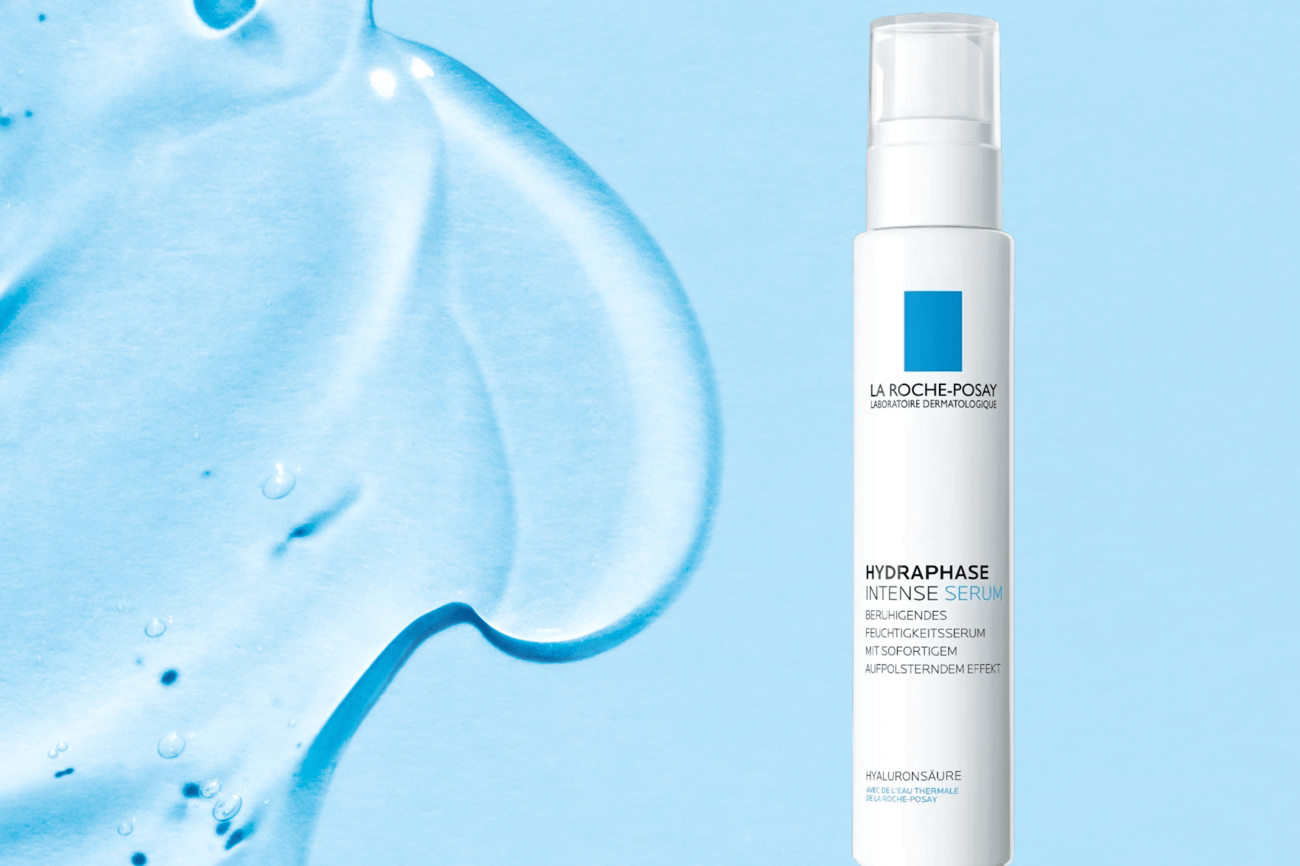
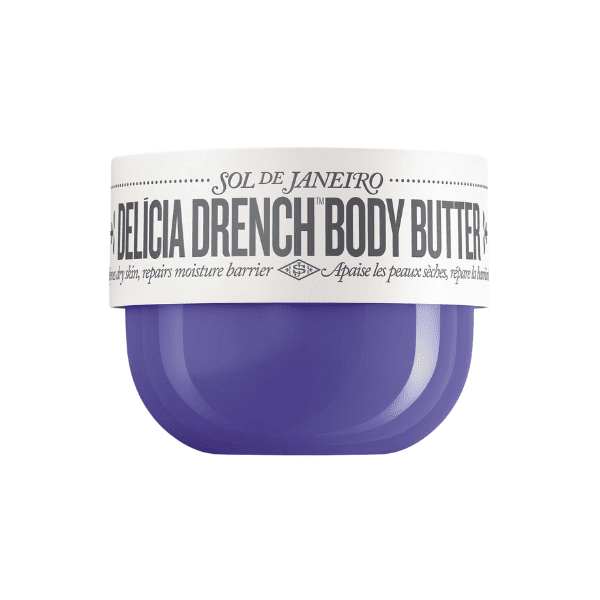
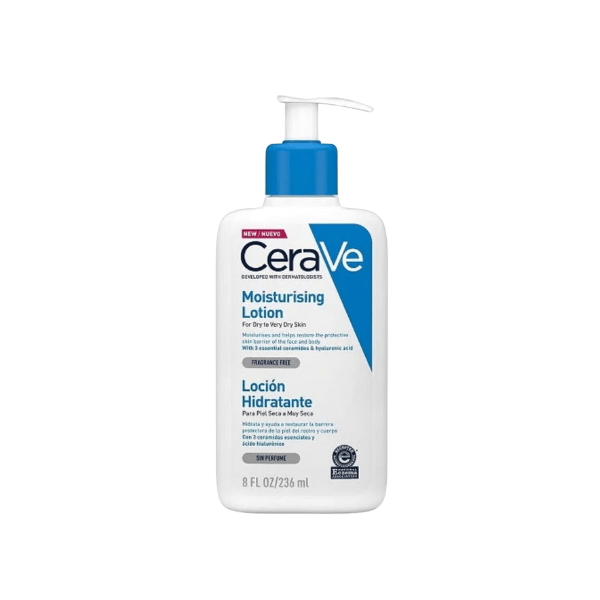
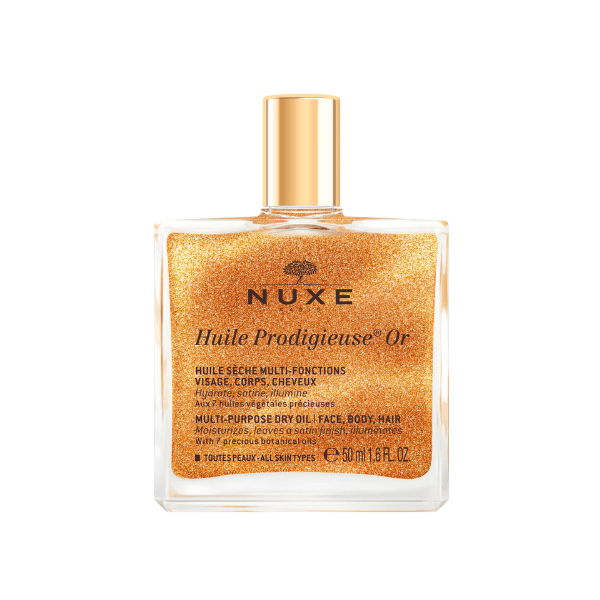
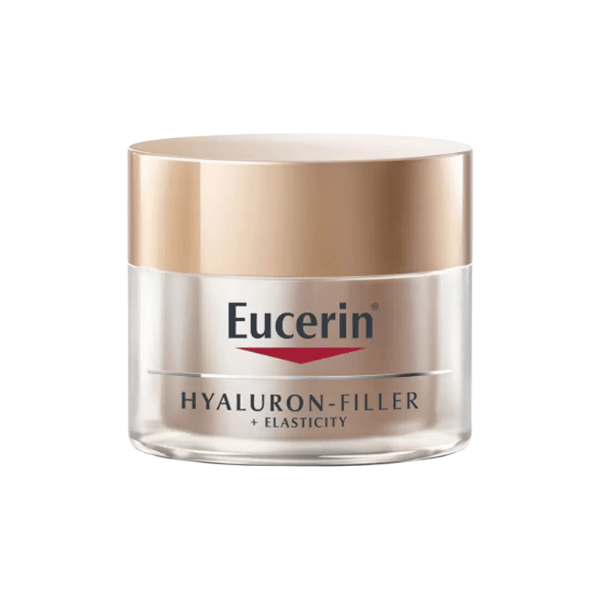

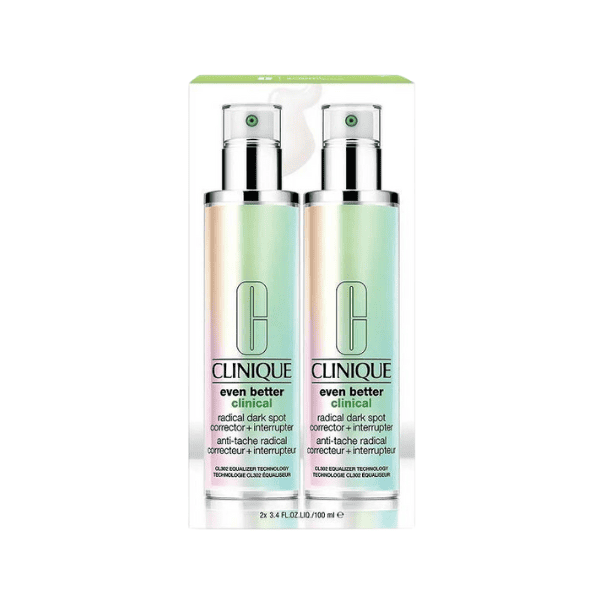
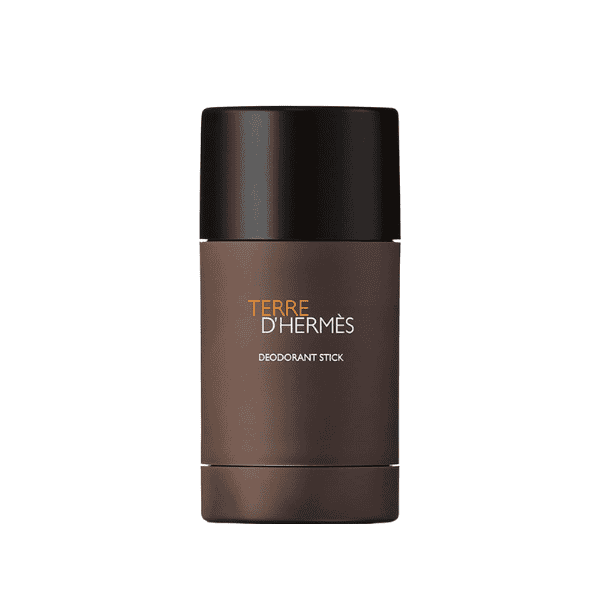
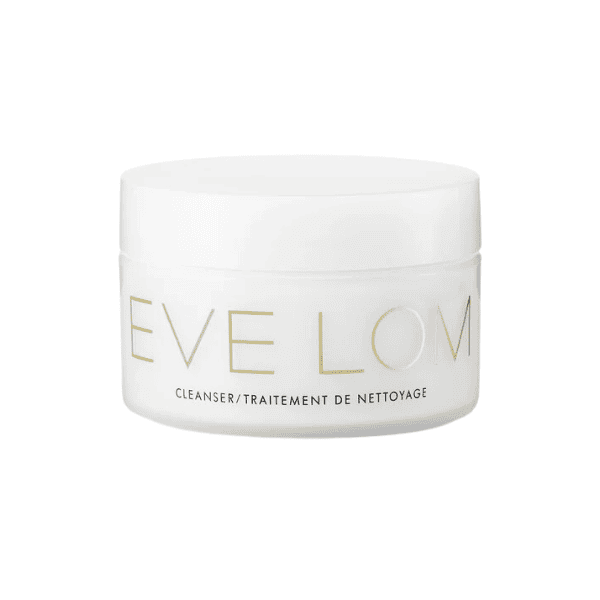
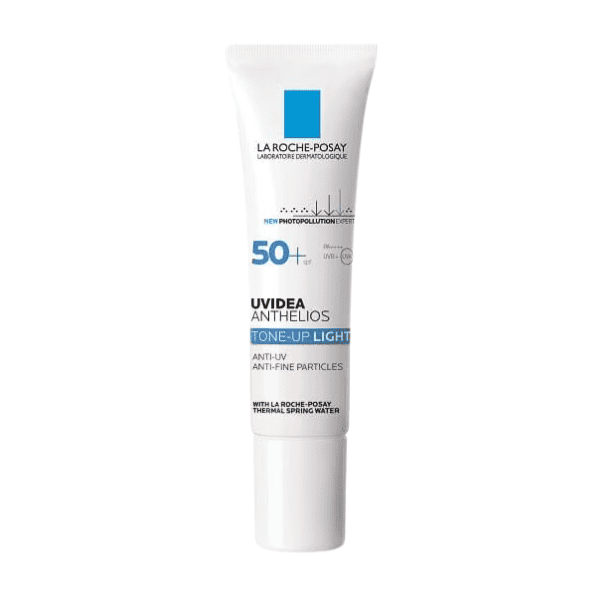
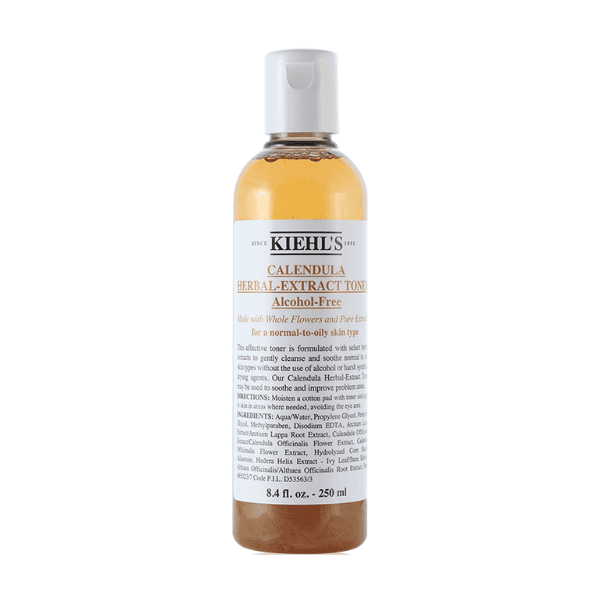
J'ai adoré cet article sur l'acide hyaluronique ! C'est fou comme un seul ingrédient peut faire tant pour l'hydratation, l'élasticité et même la cicatrisation. La partie sur les différents poids moléculaires était très intéressante. Je n'avais jamais réalisé à quel point cela affectait l'absorption ! Pensez-vous que le fait de superposer l'AH avec des produits comme la vitamine C ou le rétinol le rend plus efficace, ou que cela pourrait nuire à ses bienfaits ?